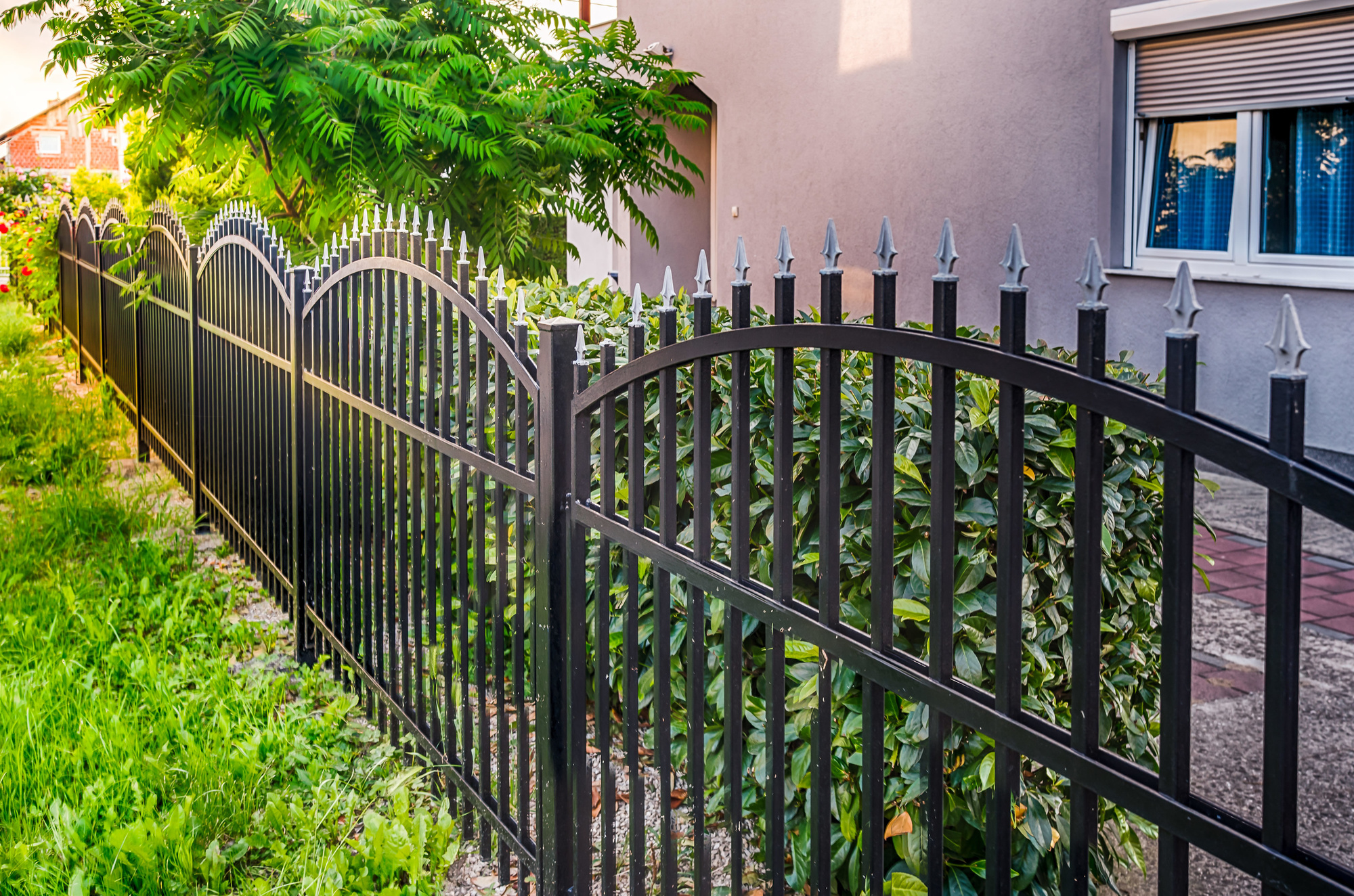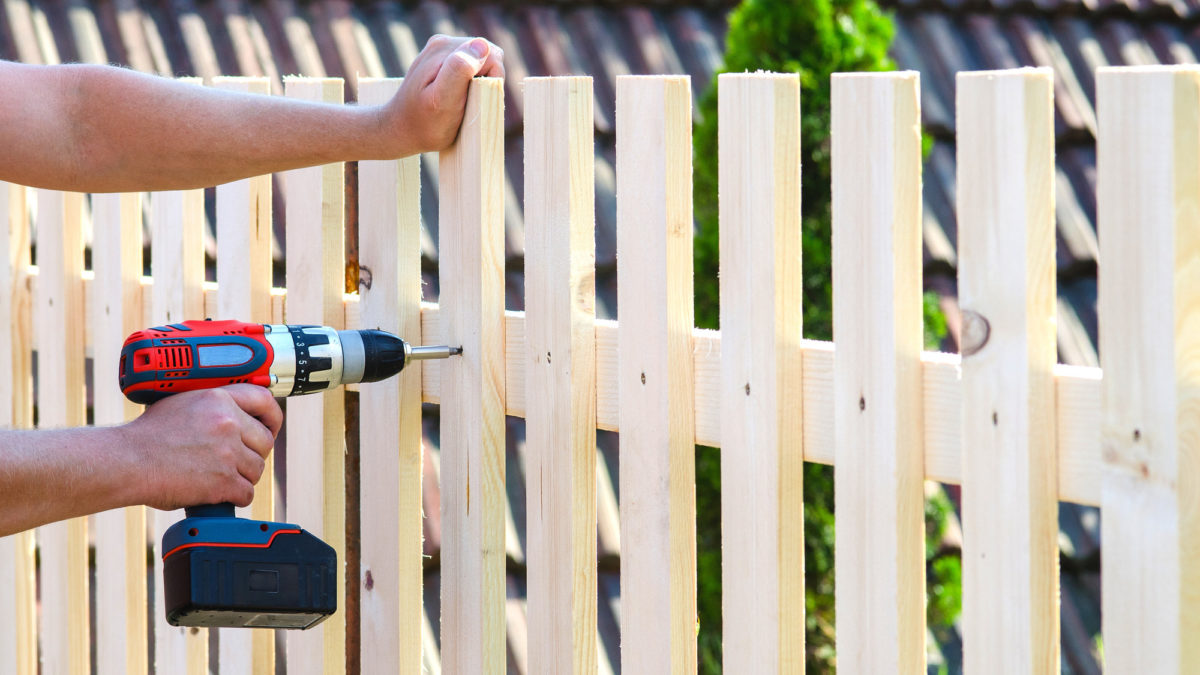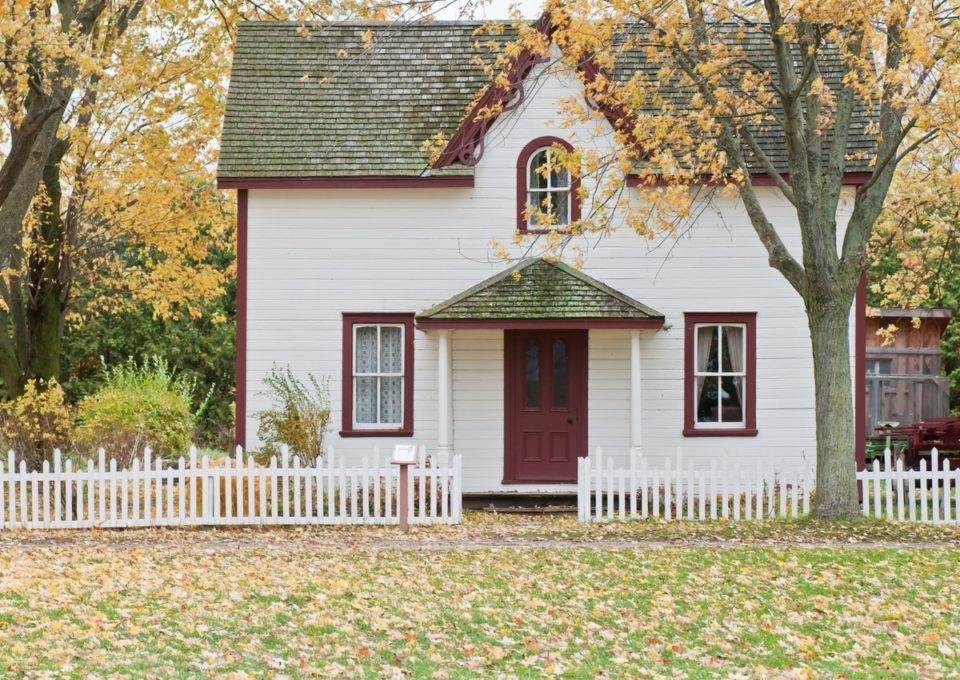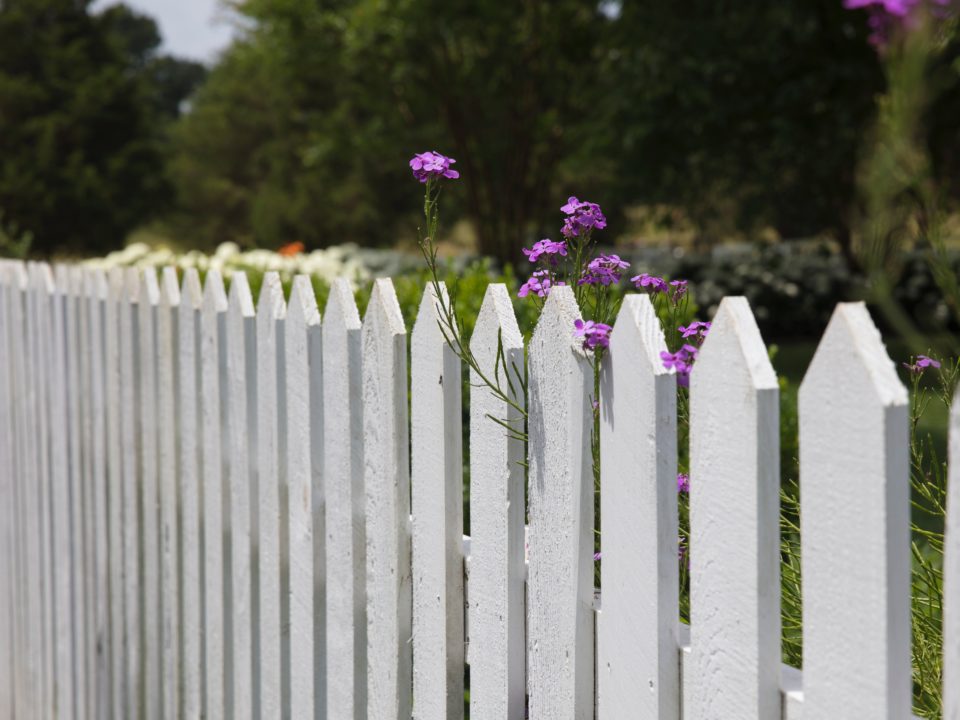
Home Security Fence: Which Fence Has Great Design and Provides Security?
September 13, 2018Vinyl vs Wood Fence: Which Should You Choose?
Vinyl vs Wood Fence: Which Should You Choose?
When it comes to fencing, vinyl and wood fencing are popular options. But which should you choose? Here’s your vinyl vs wood fence guide.
Keyword(s): vinyl vs wood fence
As the United States population and housing market grow, the demand for fencing is rising in parallel. In fact, the U.S. fencing industry is expected to reach nearly $12 billion in value by 2025.
Fences are no longer an amenity, but rather as a necessity. Instead of debating the need for a fence, homeowners are debating what the best fencing material is.
The two most popular fencing options are vinyl and wood. Read on for the ultimate guide to the vinyl vs. wood fence debate. Explore the advantages and disadvantages of each fencing material to help you make an informed decision.
Evaluation Factors for the Vinyl vs. Wood Fence Debate
There are four primary factors to evaluate when considering vinyl or wood fencing. The first factor is cost as the vast majority of shoppers do not have an unlimited budget.
Next, this fencing guide will cover maintenance and long-term durability. The final evaluation factors are appearance and privacy.
Pricing
One of the major drawbacks to a vinyl fence is the upfront cost. Vinyl fencing materials costs are 42 percent higher than wood per linear foot. Vinyl costs $17 per linear foot while wood comes in at $12.
However, these upfront costs do not tell the whole story. In the long run, vinyl may be more competitive regarding cost. Vinyl is more durable and easier to maintain, thus driving down its long-term ownership costs.
Durability and Maintenance
As alluded to above, vinyl fencing is more durable and easier to maintain than wood. Vinyl fence maintenance is as simple as routinely wiping it down with a rag. It sometimes may require a commercially available spray to remove green or black mold or mildew.
On the other hand, wood is vulnerable to significant deterioration. Wood-eating parasites like termites or carpenter ants can attack your fence from the ground up. Wood is also susceptible to dry rotting conditions if the bottom of the fence sits atop moist conditions.
Cleaning a wood fence requires a power washer as it cannot be easily wiped down. One advantage for wood fence owners is that repairs can be performed easily with common hand tools.
Appearance and Privacy
This factor really depends on the preferences of the homeowner. There are beautiful fencing styles available in both wood and vinyl.
Some homeowners like the natural look of wood and how it blends in with the surrounding landscape. Others prefer the clean look of vinyl and how it accentuates the color of grass, shrubs, and mulch.
From a privacy perspective, vinyl outperforms wood. Vinyl material interlocks with tongue-and-groove connection leaving no gaps.
More importantly, the vinyl material does not warp or contract due to weather. This can occur to wood fencing, which leaves gaps that neighbors can see through.
Wrapping It Up
Both vinyl and wood fencing have advantages and disadvantages. While vinyl is more durable and easier to clean, wood fencing allows owners to make repairs with standard tools.
Shoppers may be motivated by price, as vinyl is significantly more expensive than wood. If you want to learn more about the great vinyl vs. wood fence debate, please contact us for assistance.




